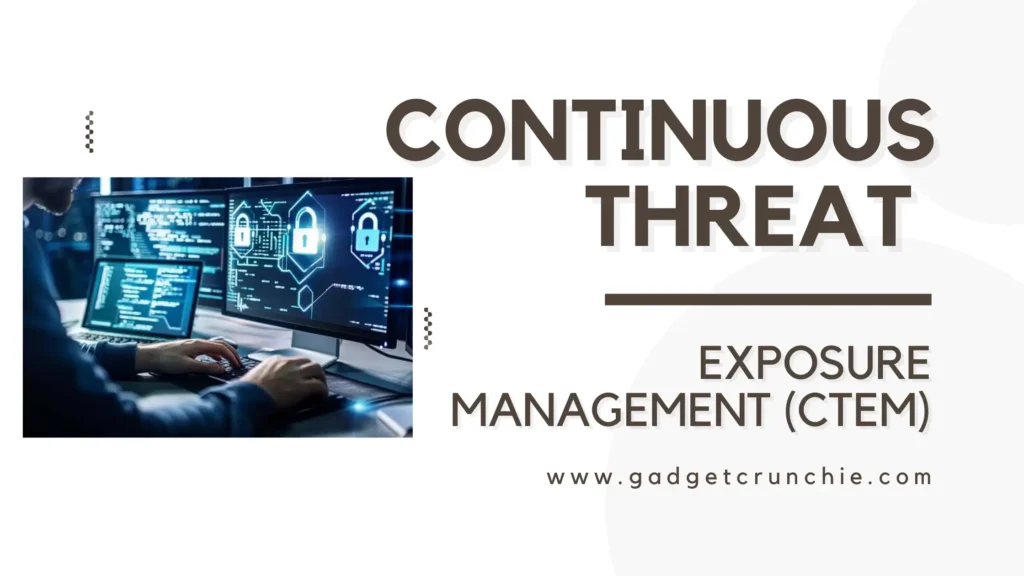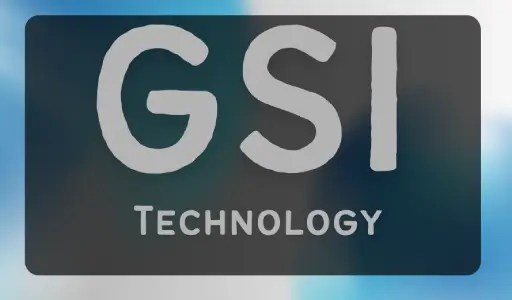Continuous Threat Exposure Management (CTEM) plays a pivotal role in the realm of cybersecurity, offering organizations a dynamic approach to identifying, monitoring, and mitigating threats in real-time. As the digital landscape continues to evolve, the need for proactive threat management has become increasingly critical. This article delves into the fundamental concepts of CTEM, highlighting its significance, key components, implementation strategies, and the benefits it brings to organizations striving to fortify their security posture. By embracing CTEM principles, businesses can enhance their resilience against cyber threats and establish a robust defense mechanism to safeguard their valuable assets.

Introduction to Continuous Threat Exposure Management (CTEM)
Cybersecurity is like playing a never-ending game of cat and mouse with hackers. Enter Continuous Threat Exposure Management (CTEM) – a fancy term for staying one step ahead in the cybersecurity dance. Let’s dive into what this buzzword actually means.
Defining Threat Exposure Management
Picture this: your digital kingdom is under constant siege by cyber threats. Threat Exposure Management is the art of fortifying your defenses and keeping your virtual barricades up 24/7. It’s like having a cyber bouncer on the lookout for shady characters trying to crash your party.
Evolution of CTEM in Cybersecurity
Gone are the days of setting up a firewall and calling it a day. With cyber threats evolving faster than a Pokémon, CTEM has emerged as the superhero cape of cybersecurity. It’s about proactively sniffing out vulnerabilities before the bad guys do, and crafting a robust defense strategy that would make Fort Knox blush.
Understanding the Importance of Threat Exposure Management

In a digital world where threats lurk around every virtual corner, understanding the importance of Threat Exposure Management is akin to realizing why you lock your front door at night.
Risks Posed by Continuous Threat Exposure
Like a leaking boat in a shark-infested sea, continuous threat exposure puts your organization at risk of cyber attacks that can range from mild annoyances to full-blown data breaches. It’s not just your reputation on the line – it’s your bottom line, customer trust, and possibly your sanity.
Impact of Inadequate Threat Exposure Management
Imagine playing Russian roulette with your cybersecurity. Inadequate Threat Exposure Management is like handing a hacker the keys to your digital kingdom and inviting them in for tea. The consequences can be as disastrous as a game of Jenga played by a toddler – it’s all fun and games until everything comes crashing down.
Key Components and Principles of CTEM
Now that we’ve established why CTEM is the cybersecurity equivalent of wearing a helmet on a roller coaster, let’s break down its key components and principles.
Continuous Monitoring and Assessment
CTEM is all about keeping a vigilant eye on your digital kingdom. It involves constantly monitoring your cyber borders, assessing vulnerabilities, and plugging security gaps before they turn into breaches.
Vulnerability Identification and Prioritization
Just like playing detective in a cyber noir film, CTEM involves sleuthing out vulnerabilities in your system and prioritizing them based on their potential impact. Think of it as putting out fires before they have a chance to turn into an inferno.
Incident Response and Remediation Strategies
CTEM is not just about preventing cyber disasters – it’s also about having a battle plan in place for when the inevitable happens. From swift incident response to effective remediation strategies, CTEM is your trusty cyber first aid kit in times of crisis.
Implementing a CTEM Framework in Your Organization
(adsbygoogle = window.adsbygoogle || []).push({});Ready to take the leap into the world of CTEM? Here’s your crash course on implementing a CTEM framework in your organization.
Assessing Organizational Readiness
Before diving headfirst into CTEM, take stock of your organization’s cybersecurity readiness. Assess your current defenses, identify weaknesses, and gear up for the cyber battle ahead.
Designing and Customizing CTEM Solutions
One size does not fit all in the world of cybersecurity. Customize your CTEM solutions to suit your organization’s unique needs, budget, and risk appetite. It’s like tailoring a bespoke suit for your digital bodyguard.
Training and Awareness Programs
In the ever-evolving landscape of cyber threats, knowledge is power. Invest in training your team on the latest cybersecurity best practices, raise awareness about potential threats, and turn your employees into cyber warriors ready to defend your digital fortress.
Benefits and Advantages of Continuous Threat Exposure Management
Proactive Risk Mitigation
Continuous Threat Exposure Management (CTEM) allows organizations to stay ahead of potential cybersecurity threats by continuously monitoring and assessing their security posture. This proactive approach helps in identifying vulnerabilities and weak points before they are exploited by malicious actors, thus reducing the risk of security breaches.
Enhanced Incident Response Capabilities
By constantly evaluating and analyzing threat exposures, CTEM enables organizations to respond swiftly and effectively to security incidents. With real-time insights into potential threats, organizations can implement immediate countermeasures to contain and mitigate any security breaches, minimizing the impact on their systems and data.
Best Practices for Effective Threat Exposure Management
(adsbygoogle = window.adsbygoogle || []).push({});Establishing Clear Policies and Procedures
One of the key best practices in CTEM is to establish clear and comprehensive security policies and procedures. These guidelines should outline roles and responsibilities, incident response protocols, and compliance measures to ensure a consistent and systematic approach to threat exposure management.
Collaboration and Information Sharing
Effective threat exposure management relies on collaboration and information sharing among different teams within an organization. By fostering communication between IT, security, and business units, organizations can enhance their threat intelligence capabilities and improve their overall security posture.
Challenges and Considerations in CTEM Implementation
Resource Constraints and Scalability
One of the challenges in implementing CTEM is managing resource constraints and ensuring scalability. Organizations need to allocate sufficient resources, including budget, personnel, and technology, to support continuous threat monitoring and response activities. Scalability considerations are crucial to accommodate the growing volume and complexity of cybersecurity threats.
Integration with Existing Security Frameworks
Integrating CTEM with existing security frameworks and tools poses another challenge for organizations. Seamless integration ensures that CTEM solutions complement and enhance the effectiveness of current security measures rather than creating silos of information. Proper integration requires careful planning and coordination to avoid gaps or overlaps in threat exposure management efforts.In conclusion, Continuous Threat Exposure Management (CTEM) serves as a cornerstone in ensuring the security and resilience of organizations in the face of ever-evolving cyber threats.
By adopting a proactive and continuous approach to threat management, businesses can stay one step ahead of potential risks, effectively safeguarding their data, systems, and reputation. As CTEM becomes increasingly integrated into cybersecurity strategies, organizations stand to benefit from enhanced threat visibility, rapid incident response capabilities, and a fortified defense posture in the digital landscape.




